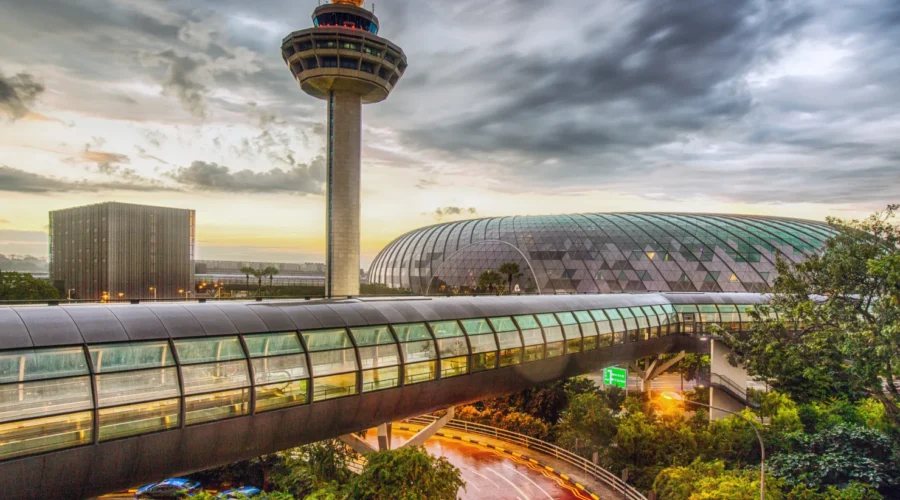How does an island with high prices and few beaches attract tourists?
Inexpensive hotels and swaying palm trees have long attracted travelers to Southeast Asia, but Singapore is doubling down on a different strategy — focusing on increasing tourism receipts instead of traveler arrivals.
Officials on Friday outlined a plan to increase tourism revenue in the city-state from a record-breaking $29.8 billion in 2024 to $47 billion-$50 billion in the next 15 years.
Singapore’s “Tourism 2040” strategy centers on increasing demand from two distinct groups — business and stopover travelers, Grace Fu, Singapore’s minister for sustainability and the environment, said at the country’s Tourism Industry Conference 2025.
Officials aim to triple tourism revenue from so-called “Mice” travelers, or those who travel to attend meetings, incentives, conventions and exhibitions, Fu said.
“On average, a Mice visitor spends two times as much as a leisure visitor, making it an exceptionally valuable segment for Singapore,” she said. “The global Mice sector [is] expected to double in value over the coming decade.”
The country is also looking to develop a new Mice hub in the downtown area of Singapore, said Fu.
Benefits of the Mice industry go beyond tourism receipts, Singapore Tourism Board CEO Melissa Ow said at the event.
They “will further deepen our connection to priority industries, enable us to grow our economic heft by convening influential actors and thoughts leaders in Singapore, thereby amplifying our status as the World’s Best Mice City,” she said.
Ow announced that Singapore had secured its largest Mice event yet, Herbalife Extravaganza 2026, which she said is expected to draw 25,000 visitor arrivals.
Stopover travelers are also expected to bring more tourism revenue, especially after the opening of Changi Airport’s Terminal 5, which is scheduled for the mid-2030s.



